- POLYESTER
UNIT 14 – SYNTHETIC FIBERS & PLASTICS – PART 3
- Polyester is another synthetic fibre. Fabric made from this fibre does not get wrinkled easily. It remains crisp and is easy to wash. So, it is quite suitable for making dress material.
- We must have seen people wearing polyester shirts and other dresses. Terylene is a popular polyester. It can be drawn into very fine fibres that can be woven like any other yam.
- PET is a very familiar form of polyester. It is used for making bottles, utensils, films, wires, and many other useful products.
- POLYESTER (Poly+ester) is actually made up of the repeating units of a chemical called an ester. Esters are the chemicals which give fruits their smell. Fabrics are sold by names like POLYCOT, POLYWOOL, TERRYCOT As the name suggests, these are made by mixing two types of fibres, Polycot is a mixture of polyester and cotton. Polywool is a mixture of Polyester and Wool.
- We wear sweaters and use shawls or blankets in the winter. Many of these are actually not made from natural wool, though they appear to resemble wool. These are prepared from another type of synthetic fibre called ACRYLIC.
- The wool obtained from natural sources is quite expensive, whereas clothes made from acrylic are relatively cheap. They are available in a variety of colours. Synthetic fibres are more durable and affordable which makes them More Popular Than Natural Fibres.
- All the synthetic fibres are prepared by a number of processes using raw materials of petroleum origin, CALLED PETROCHEMICALS.
- SYNTHETIC FIBRES possess unique characteristics which make them popular dress materials’ They dry up quickly, are durable, less expensive, readily available, and easy to maintain.
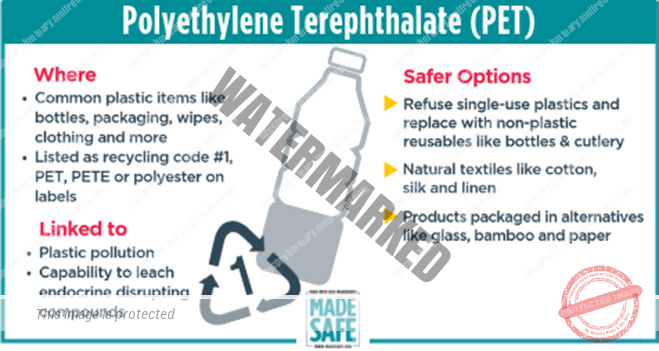
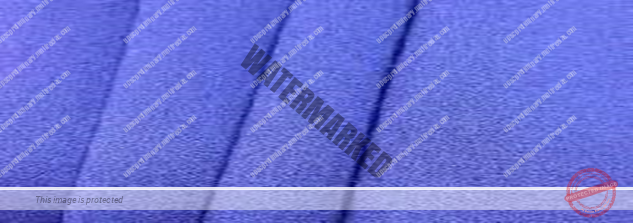
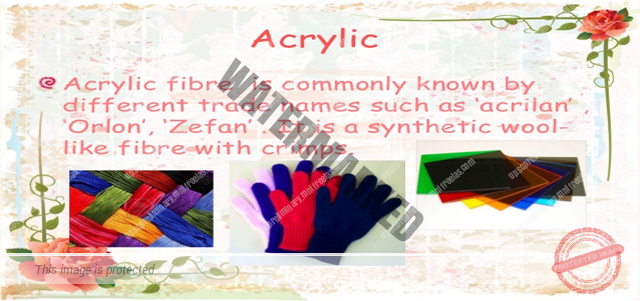
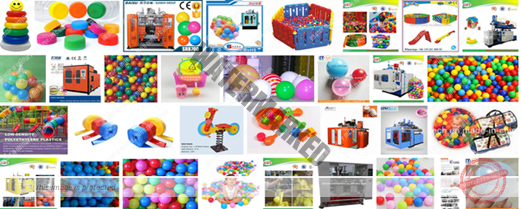
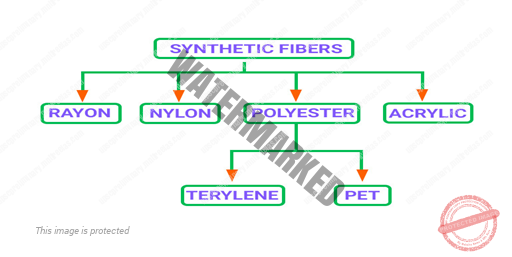
[pvc_stats postid="" increase="1" show_views_today="1"]
